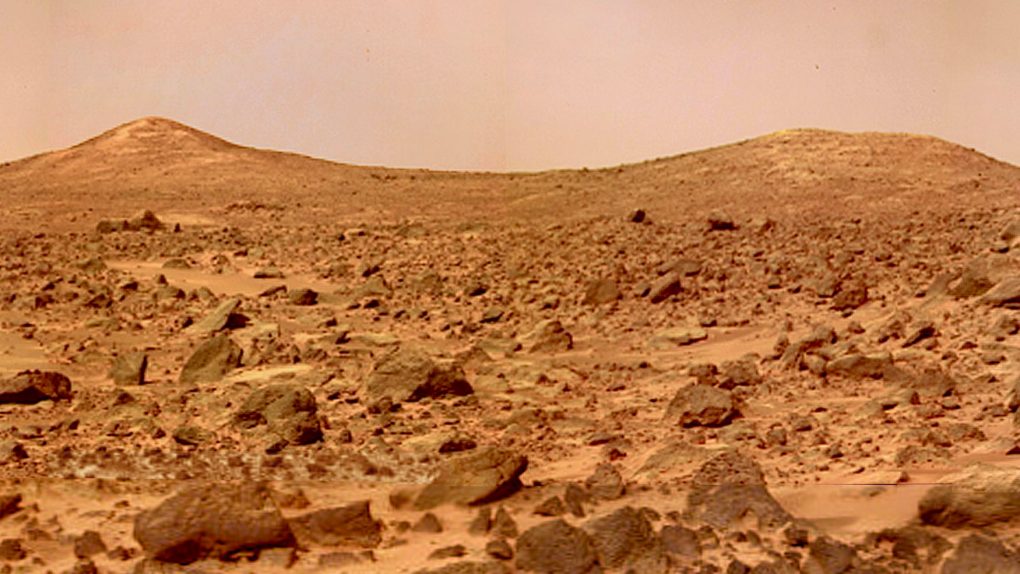- NASA goes to great lengths to prevent Earthly microbes from hitching a ride on missions to other worlds like Mars.
- Scientists fear that microorganisms from Earth might contaminate other planets or, even worse, throw off the search for extraterrestrial life.
- New research suggests that NASA’s concerns are well warranted, as microbes from Earth could likely survive on the surface of Mars, at least for a while.
As far as we know, there’s nothing alive on Mars. Could there be life deep underground, perhaps surviving near sources of water that haven’t completely frozen? It’s unlikely, but not impossible. Of course, we haven’t actually found any such life, so for now we’ll have to assume there’s nothing there, and NASA would really like to keep it that way.
To that end, the U.S. space agency and others around the world take great care to ensure that their missions to other worlds are as sterile as possible. If a microbe (or many microbes) were to hitch a ride on a rover or orbiter, survive the trip through space, and arrive at its eventual destination, it could contaminate a planet like Mars and make the hunt for extraterrestrial life that much more difficult. A new study published in Frontiers in Microbiology suggests that these concerns are well warranted.
To test whether microbes could survive on the surface of Mars, researchers from NASA and the German Aerospace Center teamed up to send microorganisms high into Earth’s stratosphere. At such extreme altitudes, the temperature and radiation exposure experienced by the microbes closely mimics what such life forms would experience on the surface of Mars. The capsule that the microbes were housed in was filled with a mock Martian atmosphere to match the conditions of Mars as closely as possible.
Not surprisingly, some of the species of microbes perished in the intense radiation and temperature. However, some did indeed survive, and would likely also survive on the surface of Mars if given the chance.
“While not all the microbes survived the trip, one previously detected on the International Space Station, the black mold Aspergillus niger, could be revived after it returned home,” Katharina Siems of the German Aerospace Center said in a statement. “Microorganisms are closely-connected to us; our body, our food, our environment, so it is impossible to rule them out of space travel. Using good analogies for the Martian environment, such as the MARSBOx balloon mission to the stratosphere, is a really important way to help us explore all the implications of space travel on microbial life and how we can drive this knowledge towards amazing space discoveries.”
When humans eventually travel to the Red Planet, microbes will be coming along for the ride whether we like it or not. How to best protect Mars from our own contaminants is an area of research that will see significant growth as we approach the inevitable manned missions to Mars.








